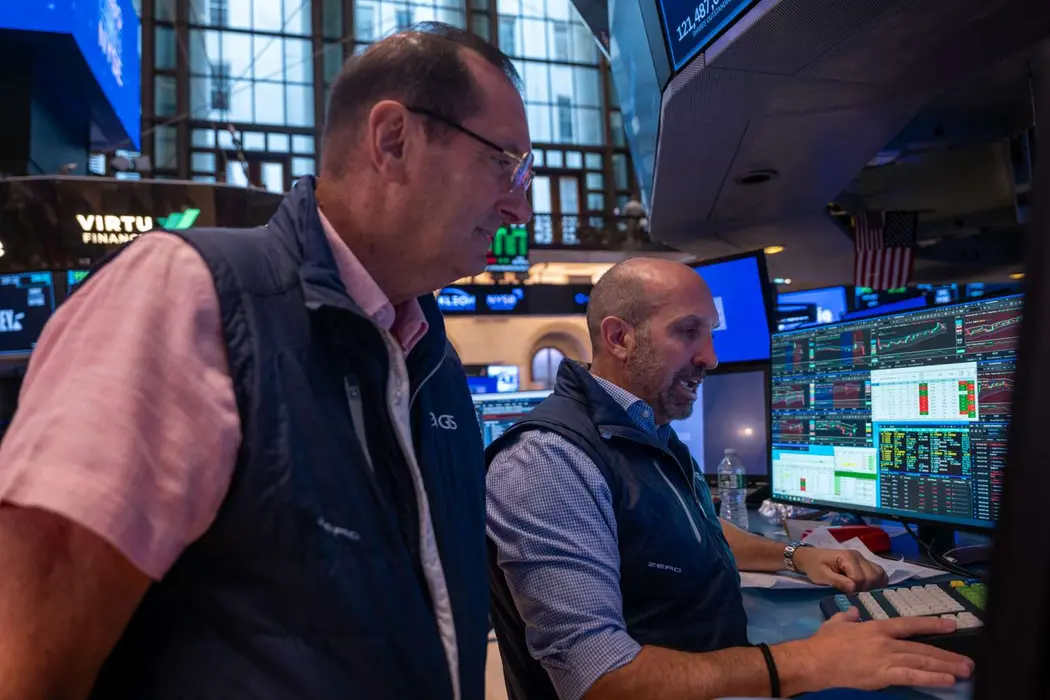T4K3.news
US wholesale prices rise in July amid tariff impact
July data show producer prices rising at the fastest pace in over three years, driven by tariff costs and higher input prices.
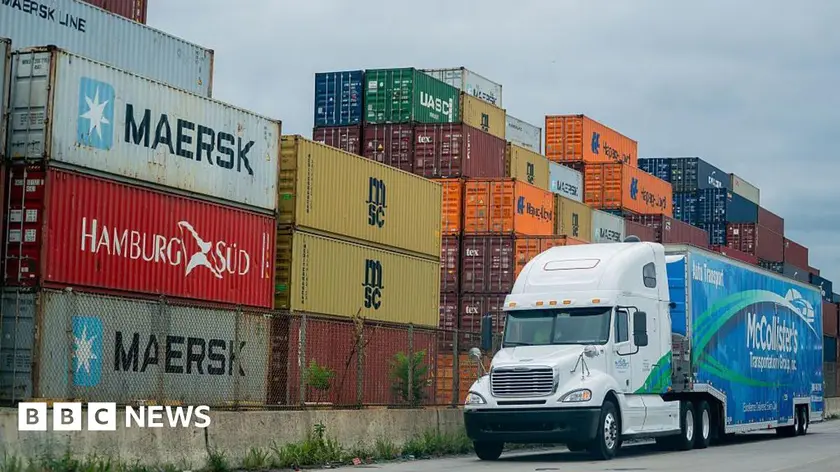
US producers raised prices at the fastest pace in more than three years in July, reflecting tariff effects and inflation pressure.
US wholesale prices rise in July amid tariff impact
July data show US producer prices rose at the fastest pace in more than three years, driven by tariff costs and higher input prices across industries. The jump signals that tariff policy is filtering through to wholesale levels and could push consumer prices higher.
Economists warn that the tariff strategy will raise costs for businesses and households, potentially delaying relief from higher prices. The Federal Reserve has kept policy steady this year, mindful that cutting rates while tariffs push prices higher could risk reigniting inflation. Treasury Secretary Scott Bessent urged a half-point rate cut at the September meeting, arguing it would help the economy. Oxford Economics notes the price surprise deepens the Fed's pricing dilemma.
Key Takeaways
"The large upside surprise in producer prices highlights the dilemma the Federal Reserve faces"
Oxford Economics' Matthew Martin
"Tariffs, which are a tax on imports, will raise money for the government and give US manufacturers an edge"
Original article description
"Inflation is further away from the Fed's target than the unemployment rate and is likely to climb further"
Oxford Economics' view
"The Fed has held off on rate cuts to avoid reigniting inflation while tariffs push prices higher"
Policy context
Tariffs are a political tool with economic costs. They create winners and losers across industries, but the overall effect tends to raise the price of imported goods and parts, which filters down the supply chain. That can slow investment and complicate the path to lower unemployment. The data also underscores a broader tension between small policy moves and large structural risks such as persistent inflation and higher consumer costs. If the cost of living rises, public reaction and investor expectations can shift quickly, complicating both budget planning and political capital.
Highlights
- Tariffs drag the price tag up for everyone
- Inflation tests the patience of households and the Fed
- Policy choices may cost more than they save
- Markets watch the central bank more than the White House
Tariff policy raises economic and political risk
Tariffs push costs onto businesses and households while policy aims to influence inflation and growth. This increases political sensitivity, investor volatility, and public scrutiny.
Policy choices will shape prices for months to come
Enjoyed this? Let your friends know!
Related News

July retail sales show resilience amid price pressure
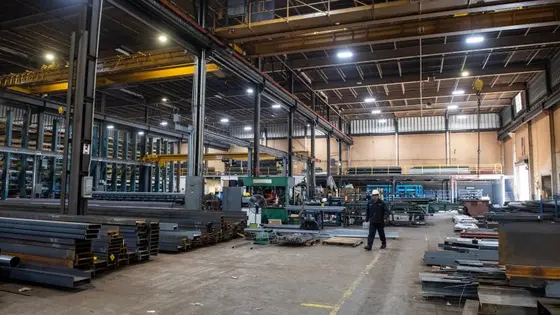
US inflation report indicates mixed economic signals
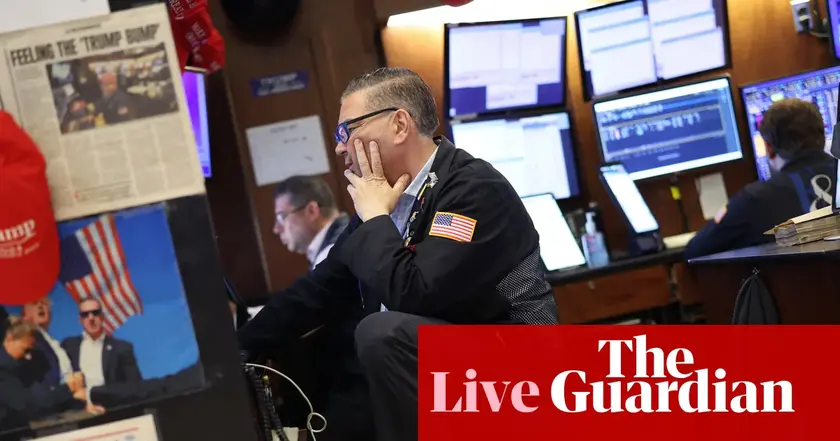
Thames Water contingency plans approved

Wholesale inflation climbs in July amid tariffs
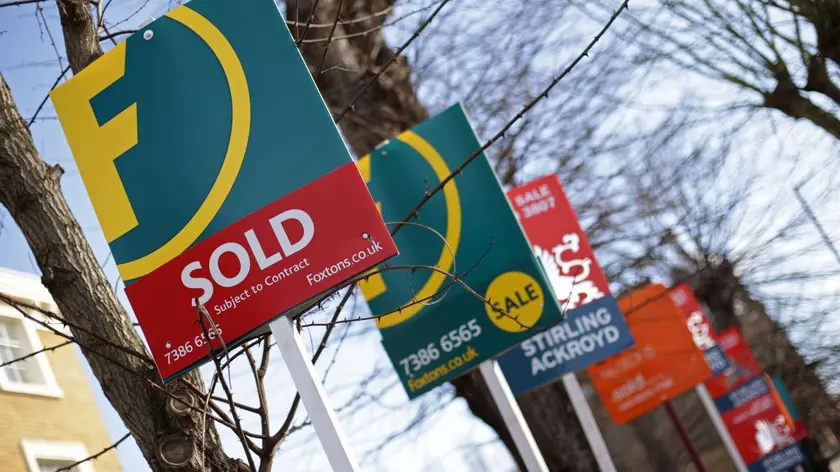
Mortgage approvals increase as housing market stabilizes
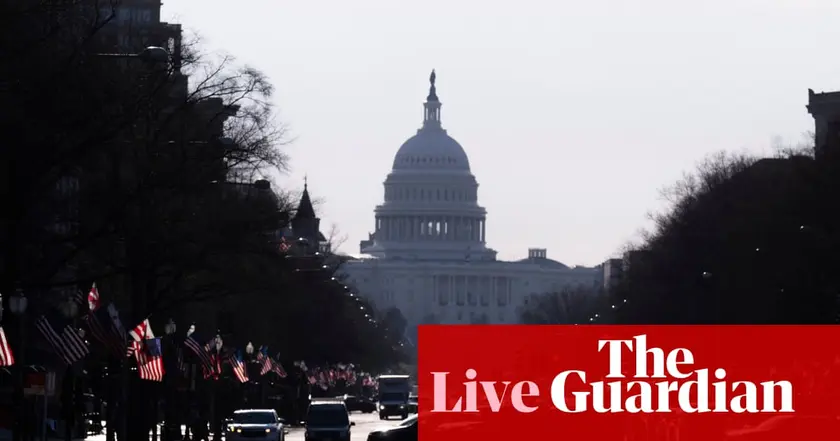
Democrats accuse Trump of harming job growth
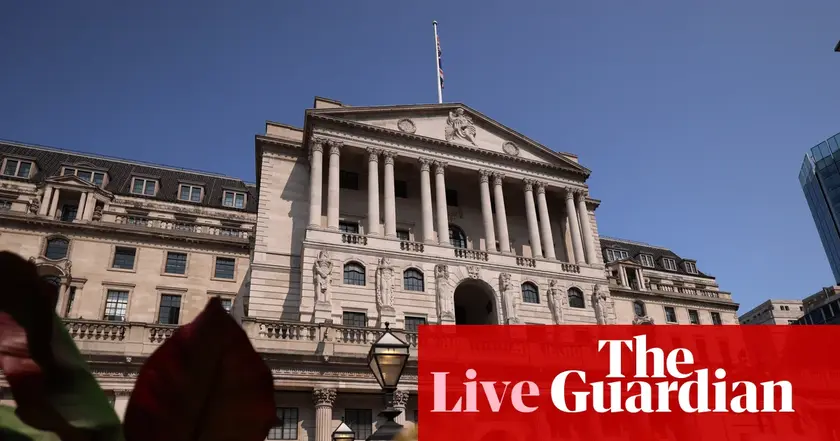
US tariff rates reach highest level since 1930s
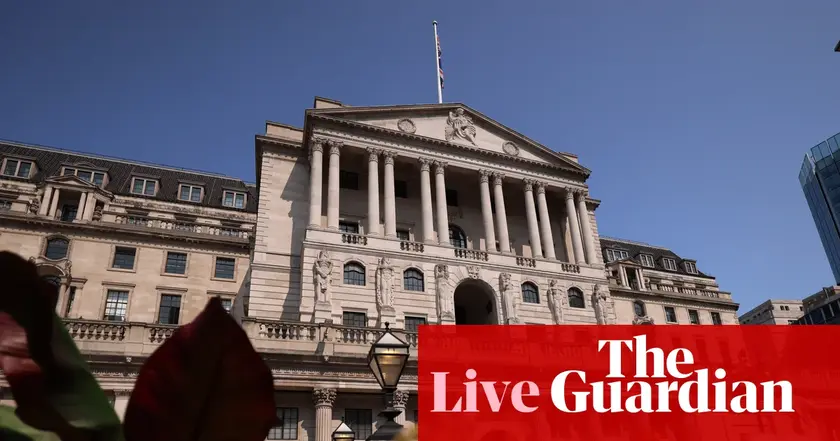
Trump tariffs take effect; Bank of England set to cut rates
